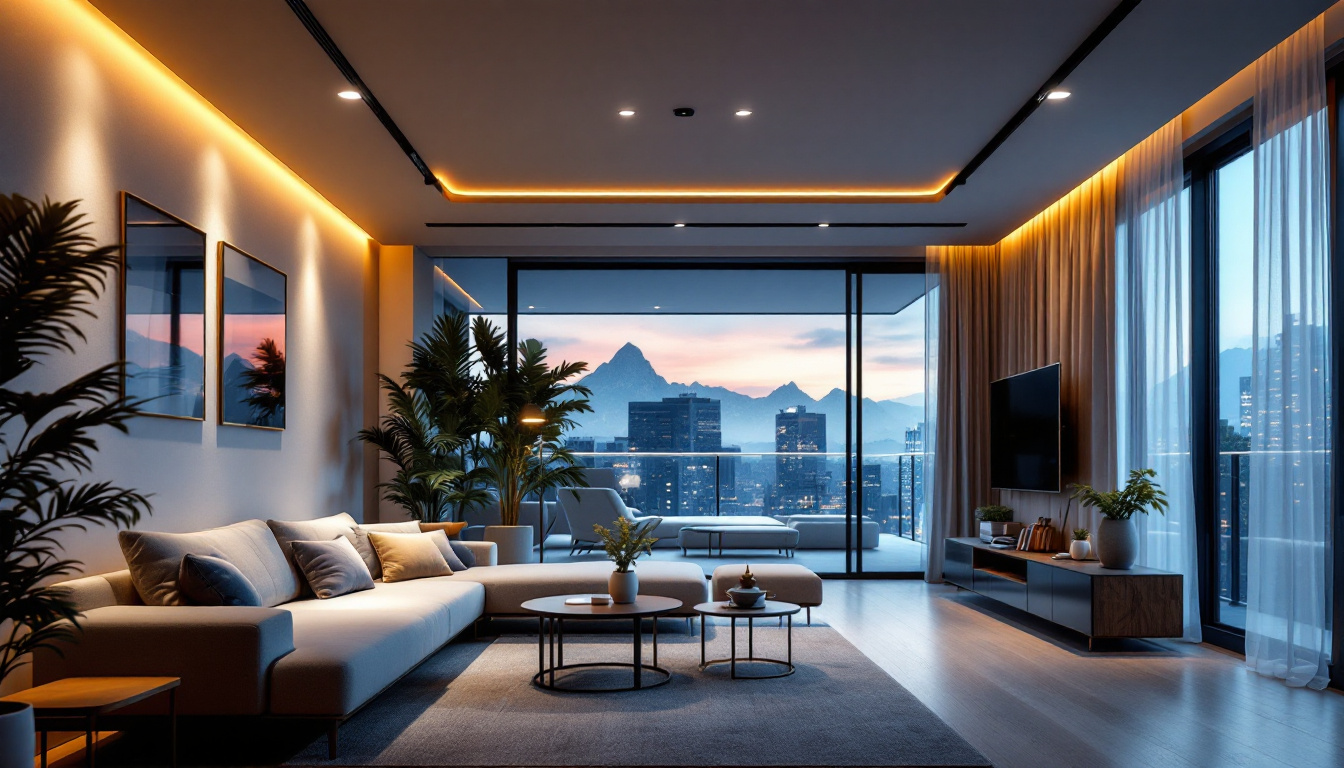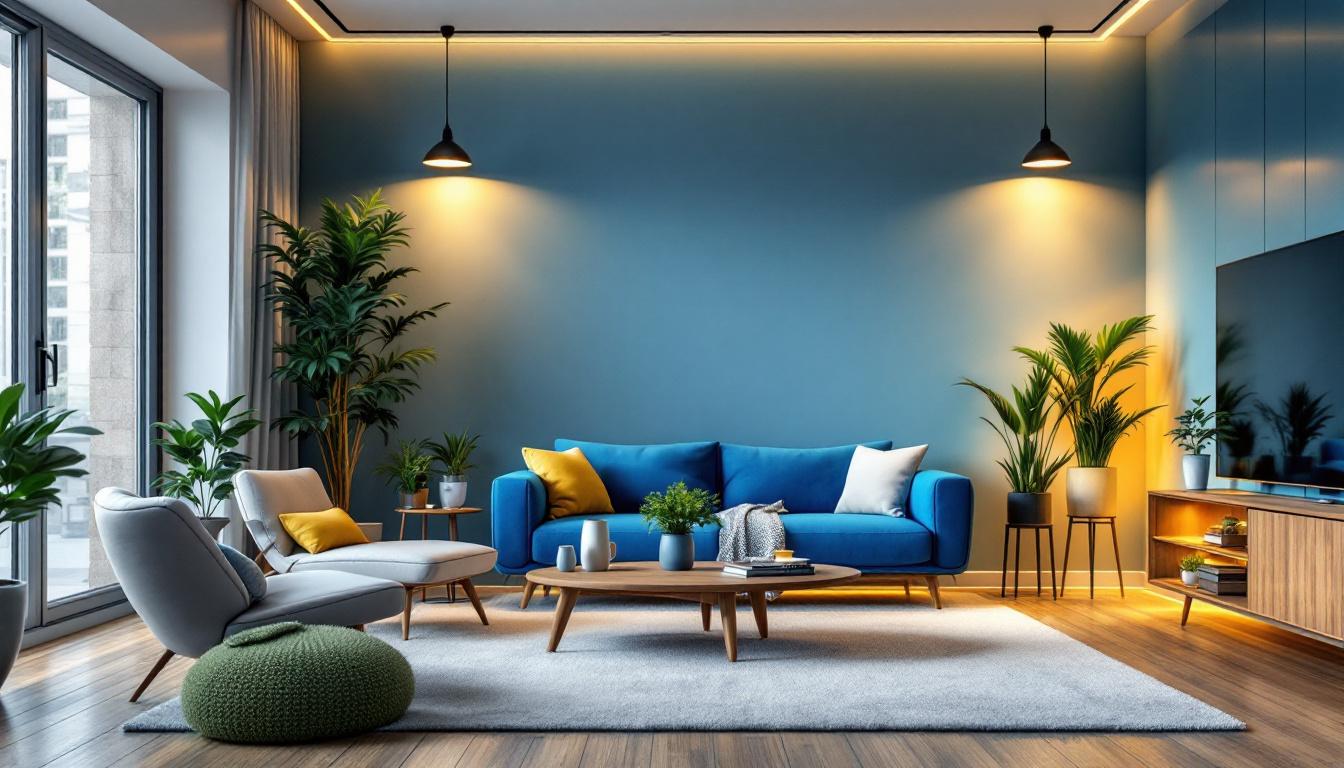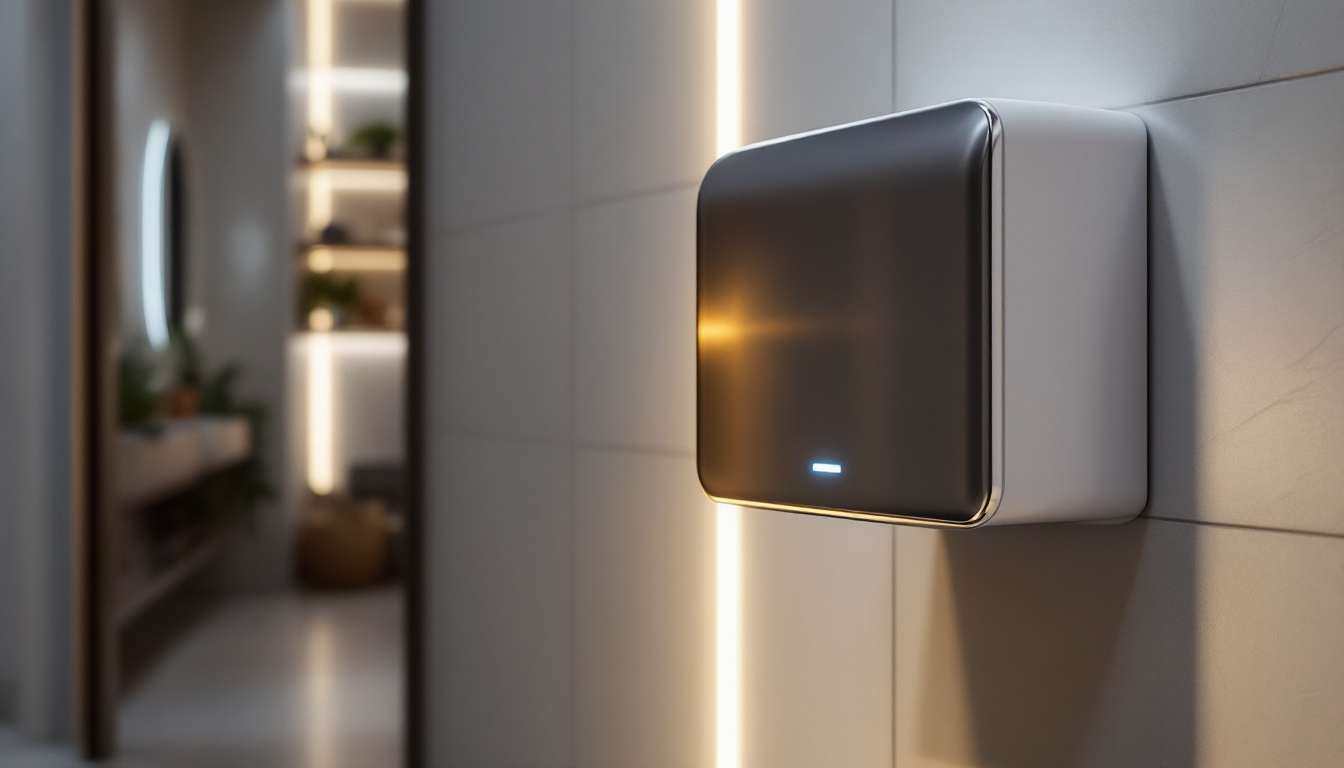
Recessed lighting has become an essential component in modern lighting design, offering both aesthetic appeal and functional benefits. For lighting contractors, understanding the various types of recessed lighting and how to future-proof lighting projects is crucial for meeting client expectations and adapting to evolving technologies. This article delves into the different types of recessed lighting, their applications, and tips for ensuring longevity and adaptability in lighting installations.
Recessed lighting, often referred to as “can lights” or “downlights,” is installed into a ceiling or wall, creating a sleek and unobtrusive look. This type of lighting can enhance the ambiance of a space while providing targeted illumination. The versatility of recessed lighting makes it suitable for various applications, from residential to commercial settings. Its ability to blend seamlessly with the architecture of a room allows homeowners and designers to maintain a clean aesthetic while still achieving effective lighting solutions.
When planning a recessed lighting project, several factors must be considered, including the type of fixture, the light source, and the intended use of the space. A comprehensive understanding of these elements will allow lighting contractors to make informed decisions, ensuring that installations meet both current and future needs. For instance, the choice between LED, incandescent, or fluorescent bulbs can significantly impact energy efficiency and the overall quality of light. LED options, in particular, are gaining popularity due to their longevity and lower energy consumption, making them an eco-friendly choice that can also reduce utility bills over time.
Furthermore, the placement of recessed lights is crucial to achieving the desired effect. Proper spacing and alignment can create a balanced illumination that highlights architectural features or artwork while avoiding harsh shadows. In living areas, a combination of general and task lighting can be achieved by strategically positioning recessed lights, allowing for versatility in how the space is used throughout the day. Additionally, dimmer switches can be incorporated to provide adjustable lighting levels, enhancing the atmosphere for various activities, from entertaining guests to enjoying a quiet evening at home.
Recessed lighting fixtures come in various types, each designed for specific purposes and environments. Understanding these types is essential for selecting the right fixtures for any project.
New construction fixtures are designed for installation in spaces that are still under construction. These fixtures typically have brackets that attach to the ceiling joists, allowing for easy installation before the drywall is put up. They are ideal for new homes or major renovations where access to the ceiling cavity is available.
On the other hand, remodel fixtures are designed for retrofit installations, making them suitable for existing structures. These fixtures often come with clips or brackets that secure them to the drywall, allowing for quick and easy installation without the need for extensive renovations. This flexibility is particularly advantageous for contractors working on older buildings or spaces where access is limited. Additionally, remodel fixtures often come in a variety of styles and finishes, enabling homeowners to update their lighting without a complete overhaul of their interiors.
The trim of a recessed light fixture plays a significant role in its overall appearance and functionality. There are several trim styles available, each offering unique characteristics:
Choosing the right trim style can enhance the aesthetic appeal of a space while also improving the functionality of the lighting system. Contractors should consider the client’s preferences and the intended use of the area when selecting trim styles. For instance, in a home theater, baffle trims may be preferred for their ability to minimize glare, while reflector trims could be chosen for kitchens and workspaces where bright, focused light is necessary.
The housing of a recessed light fixture is crucial for its performance and safety. There are three primary types of housings:
Understanding the differences between housing types allows contractors to make informed choices that align with building codes and client needs. Furthermore, some manufacturers offer adjustable housing options that can accommodate various ceiling thicknesses and configurations, providing even greater versatility for unique architectural designs. This adaptability can be particularly beneficial in commercial spaces where lighting needs may change over time, allowing for easy upgrades without significant structural modifications.
The type of light source used in recessed lighting can significantly impact energy efficiency, color quality, and overall performance. There are several options available, each with its advantages and disadvantages.
Incandescent bulbs have long been a popular choice for recessed lighting due to their warm color temperature and affordability. However, they are less energy-efficient compared to other options and have a shorter lifespan. While they can create a cozy atmosphere, contractors should consider the long-term costs associated with their use.
LED bulbs have gained popularity in recent years due to their energy efficiency and longevity. They consume significantly less energy than incandescent bulbs and can last up to 25 times longer. Additionally, LED technology has advanced, offering a range of color temperatures and dimming capabilities, making them suitable for various applications.
When selecting LED bulbs for recessed lighting, contractors should look for options that are compatible with dimmers and have a high Color Rendering Index (CRI) to ensure accurate color representation. This is particularly important in spaces such as kitchens and retail environments where color accuracy is crucial.
Compact Fluorescent Lamps (CFLs) are another energy-efficient option, offering a longer lifespan than incandescent bulbs. However, they may not be suitable for all dimming applications and can take time to warm up to full brightness.
Halogen bulbs, a type of incandescent, provide brighter light and better color rendering. They are often used in adjustable trims for accent lighting. However, they also generate more heat and have a shorter lifespan than LEDs, making them less favorable for long-term projects.
As technology continues to evolve, lighting contractors must consider future-proofing their recessed lighting installations. This involves selecting fixtures and systems that can adapt to changing technologies and client needs.
Incorporating dimming capabilities and smart controls into recessed lighting projects enhances flexibility and user experience. Dimmable LED fixtures allow clients to adjust the brightness according to their preferences, creating different atmospheres for various occasions.
Smart lighting systems, which can be controlled via mobile apps or voice commands, are becoming increasingly popular. These systems allow users to customize their lighting settings, schedule on/off times, and even change color temperatures. By integrating smart technology into recessed lighting projects, contractors can offer clients a modern and convenient solution that meets their evolving needs.
As energy efficiency becomes a priority for homeowners and businesses alike, selecting energy-efficient fixtures is essential. LED lighting is a clear choice due to its low energy consumption and long lifespan. Additionally, contractors should consider using fixtures made from sustainable materials and those that comply with energy efficiency standards.
Incorporating energy-efficient solutions not only benefits the environment but also helps clients save on energy bills in the long run. Educating clients about the benefits of energy-efficient lighting can enhance the contractor-client relationship and position contractors as knowledgeable professionals in the field.
Future-proofing also involves considering versatile design options that can adapt to changing trends. Recessed lighting fixtures come in a variety of styles, finishes, and sizes, allowing for customization based on client preferences and design aesthetics.
Contractors should stay informed about emerging design trends and be prepared to offer innovative solutions that align with clients’ visions. This adaptability not only enhances client satisfaction but also establishes contractors as forward-thinking professionals in the lighting industry.
Understanding the types of recessed lighting and how to future-proof lighting projects is essential for lighting contractors aiming to provide high-quality installations. By considering fixture types, light sources, and advanced technologies, contractors can create versatile and sustainable lighting solutions that meet the needs of their clients.
As the lighting industry continues to evolve, staying informed about trends and advancements will ensure that contractors remain competitive and capable of delivering exceptional results. By prioritizing energy efficiency, adaptability, and design versatility, contractors can build lasting relationships with clients and contribute to the creation of beautiful and functional spaces.
Ready to elevate your lighting projects with the latest in recessed lighting technology? At LumenWholesale, we offer an extensive selection of spec-grade lighting products that blend quality with affordability. Say goodbye to inflated markups and hello to superior lighting solutions that fit your budget. With our hassle-free bulk buying and free shipping, you can ensure your installations are not only future-proof but also cost-effective. Don’t compromise on performance or price. Discover wholesale lighting at the best value today and light up your projects with confidence.

Explore the transformative journey of the lighting industry in “Level Of Light: The Evolution in the Lighting Industry,” uncovering innovations from incandescent bulbs to smart LED systems that are reshaping how we illuminate our world..

Discover if can lights are out of style and explore the business benefits for lighting contractors.

Discover the essential insights lighting contractors need about electric hand dryers, from energy efficiency and installation tips to the latest technological advancements and industry standards.

Discover why staying updated with the latest advancements in lighting technology is crucial for contractors.